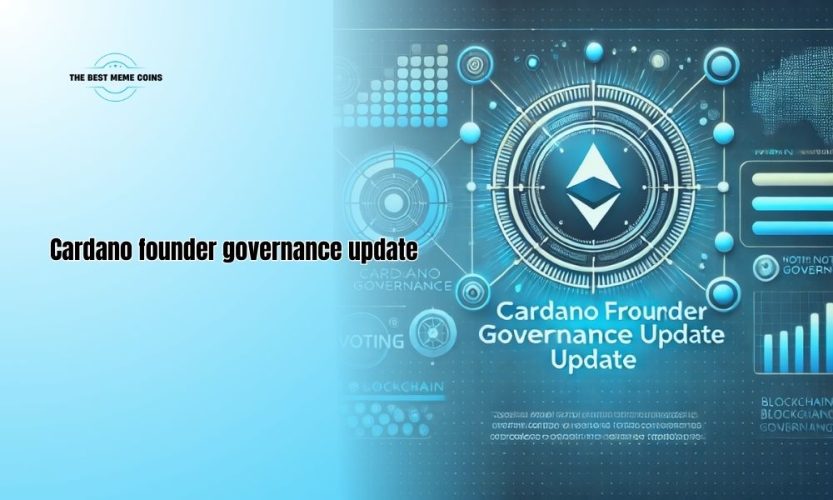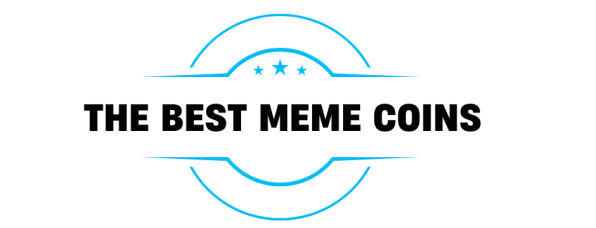Charles Hoskinson, the mastermind behind Cardano, has unveiled a transformative Cardano founder governance update, steering the blockchain toward a fully decentralized future. As Cardano progresses into the Voltaire era, these changes highlight a shift where the community gains unprecedented control. This evolution sparks curiosity about its impact on ADA’s trajectory.

Contents
- 1 Charles Hoskinson and the journey of Cardano governance
- 2 Recent governance updates from the founder
- 3 Impact of governance updates on the Cardano ecosystem
- 4 Future of Cardano governance under Hoskinson’s leadership
- 5 Challenges in implementing the Cardano governance model
- 6 Community response to the governance update
- 7 How Cardano’s governance compares to competitors
Charles Hoskinson and the journey of Cardano governance
Charles Hoskinson launched Cardano in 2015, driven by a vision to build a blockchain that’s both scalable and sustainable. The project has advanced through phases like Byron and Shelley, each laying groundwork for the decentralized Voltaire era. His strategic foresight has guided Cardano to this pivotal moment in governance.
Hoskinson’s role extends beyond coding, he’s a passionate advocate for community empowerment. He believes governance should reflect the collective voice, especially in decisions like treasury allocation. This philosophy shapes Cardano’s unique approach, blending innovation with inclusivity for all stakeholders.
The recent Cardano founder governance update embodies this ethos. It’s a testament to Hoskinson’s commitment to creating a system where technology serves the people, positioning Cardano as a standout in the crowded blockchain landscape.
Recent governance updates from the founder
In his latest announcements, Hoskinson spotlighted CIP-1694, a critical piece of the Voltaire puzzle. This Cardano founder governance update introduces delegated representatives (DReps) to give ADA holders a stronger voice in decision-making. It’s a bold leap toward true decentralization.
During a December 2024 talk, he critiqued the Cardano Foundation’s current structure, suggesting a member-based organization (MBO) as a more effective alternative. This shift aims to streamline processes and deepen community involvement, addressing long-standing governance challenges with fresh ideas.
These updates resonate beyond technical circles, boosting confidence among ADA holders and developers. By refining how Cardano operates, Hoskinson ensures it remains competitive, proving that the Cardano founder governance update is more than just a tweak—it’s a foundation for growth.
Impact of governance updates on the Cardano ecosystem
The new governance model reshapes Cardano’s ecosystem significantly. With DReps and Stake Pool Operators (SPOs), the community now directly influences a treasury valued in the hundreds of millions. This hands-on role marks a milestone for ADA holders in the Voltaire era.
A Constitutional Committee, introduced via the Cardano founder governance update, ensures decisions align with Cardano’s core principles. This layer of oversight promotes fairness and transparency, making the platform more appealing to developers seeking a reliable blockchain to build upon.
Community reactions, especially on X, show enthusiasm for these changes, though some express concerns about power distribution. Hoskinson’s ongoing efforts to refine this balance highlight his dedication, ensuring the ecosystem thrives as a collaborative, decentralized network.
Future of Cardano governance under Hoskinson’s leadership
Hoskinson envisions Cardano as a governance pioneer, and the Voltaire era is just the beginning. Future enhancements, like improved voting systems, will further empower the community. The Cardano founder governance update sets the stage for these ambitious goals.
When compared to Ethereum or Polkadot, Cardano’s scientific rigor and community-centric model shine. Hoskinson’s updates position it to outpace rivals, offering a governance framework that’s both innovative and practical for long-term success in the blockchain race.
For Hoskinson, decentralization isn’t just a buzzword, it’s a principle. By empowering ADA holders, the Cardano founder governance update paves the way for a future where the community drives every major decision, redefining what a blockchain can achieve.
Challenges in implementing the Cardano governance model
Transitioning to a fully decentralized system isn’t without hurdles. The Cardano founder governance update, while promising, faces technical complexities in integrating CIP-1694 seamlessly. Ensuring all components, like DReps, function smoothly requires meticulous planning and testing.
Another challenge lies in community adoption. While ADA holders gain more power, educating them about their roles—such as voting or delegating—remains critical. Hoskinson has emphasized outreach efforts to bridge this gap, but it’s a gradual process that demands patience.
Resistance from traditional structures, like the Cardano Foundation, also poses a barrier. Hoskinson’s MBO proposal aims to address this, but aligning all stakeholders under a new model takes time. These challenges underscore the ambitious scope of his vision for the Voltaire era.
Community response to the governance update
The Cardano community has largely embraced Hoskinson’s latest moves. Posts on X reflect excitement about the Cardano founder governance update, with many praising its focus on decentralization. ADA holders see it as a chance to shape the platform’s future directly.
However, not all feedback is unanimous. Some community members worry about the complexity of CIP-1694 and whether smaller stakeholders might feel sidelined. These concerns highlight the need for clear communication from Hoskinson and his team to maintain trust.
Overall, the update has sparked lively discussions across forums and social media. It’s a sign of Cardano’s engaged user base, eager to see how Hoskinson’s vision unfolds in practice and how it strengthens their role in the ecosystem.
How Cardano’s governance compares to competitors
Cardano’s governance model, bolstered by the Cardano founder governance update, stands out in the blockchain world. Unlike Ethereum, which relies heavily on developer consensus, Cardano prioritizes community input through DReps and SPOs. This democratic edge is a key differentiator.
Polkadot, another rival, offers a flexible governance system with on-chain voting, but Cardano’s scientific approach—rooted in peer-reviewed research—adds a layer of credibility. The Voltaire era aims to blend this rigor with practical user empowerment, a balance few competitors achieve.
Hoskinson’s updates give Cardano a competitive advantage by addressing scalability and participation simultaneously. As ADA holders gain influence, Cardano could set a new standard, challenging other blockchains to rethink their own governance strategies in response.
The Cardano founder governance update reflects Charles Hoskinson’s bold vision for a decentralized, community-led blockchain. These changes strengthen ADA holders’ influence and promise a vibrant future for the ecosystem. Stay informed with the latest Cardano founder governance update insights by following The Best Meme Coins today!
